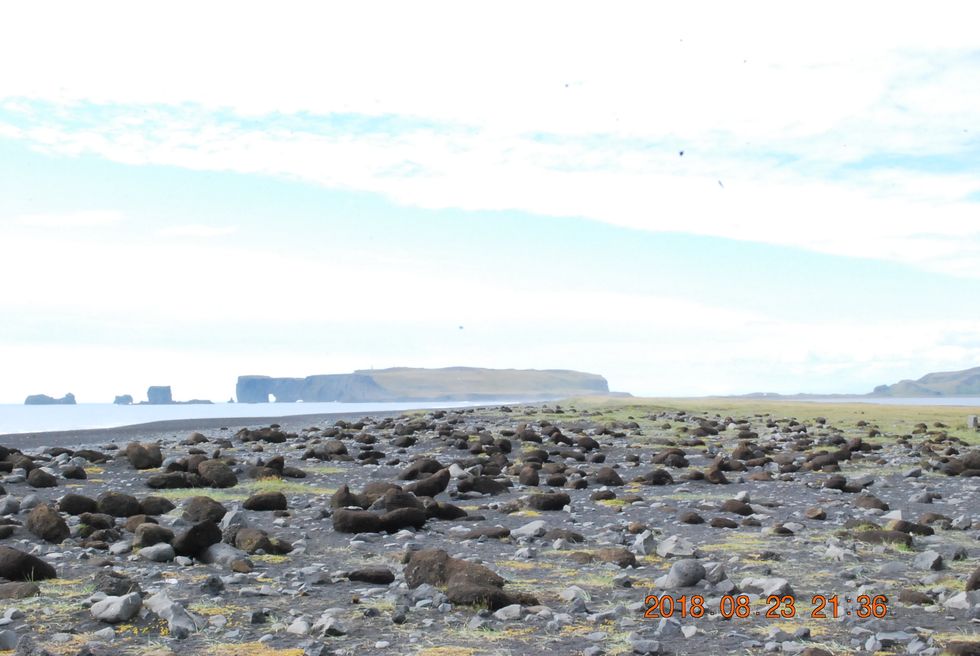I recently went on a trip to Iceland and it was one of the best trips I've ever been on. Because of its geographic location, its terrain is extremely diverse and at times it's hard to believe it's all one island. Iceland's foundation is essentially cooled lava that has been hardening for hundreds of years.
Much of the land looks similar to the cover photo: dark, dense stone for miles and miles. While volcanoes are scattered throughout the island, so are glaciers. This is how the country gets its nickname, the land of fire and ice. Glaciers form large sheets of bright, white ice that span great lengths. Of course, the moving and melting glaciers cause lots of rivers and canals that carry freezing water throughout the land. Counter to the frozen parts of the island, there are hundreds of hot springs that are created by the underground volcanoes.
The most interesting thing about the geography of the island is the giant fissure that runs across the land. Because Iceland sits on two tectonic plates, there is a crack that was formed by the two plates colliding. This fissure is primarily the reason there is so much geographic diversity on the island. Another major phenomenon in Iceland is the Northern Lights. Though many other places can see the Northern Lights, Iceland is one of the top tourist destinations for viewing the natural fireworks.
Driving along the coast, I got to see dense green mountains, rocky beds of moss, waterfalls, glaciers, and hot springs all in one. Not to mention all the horses, cows, sheep, and puffins. Another popular destination is the black sand beach, where towering basalt columns and black sand from lava attracts thousands of tourists every year.

















